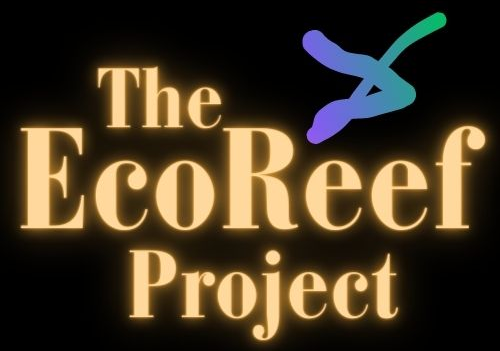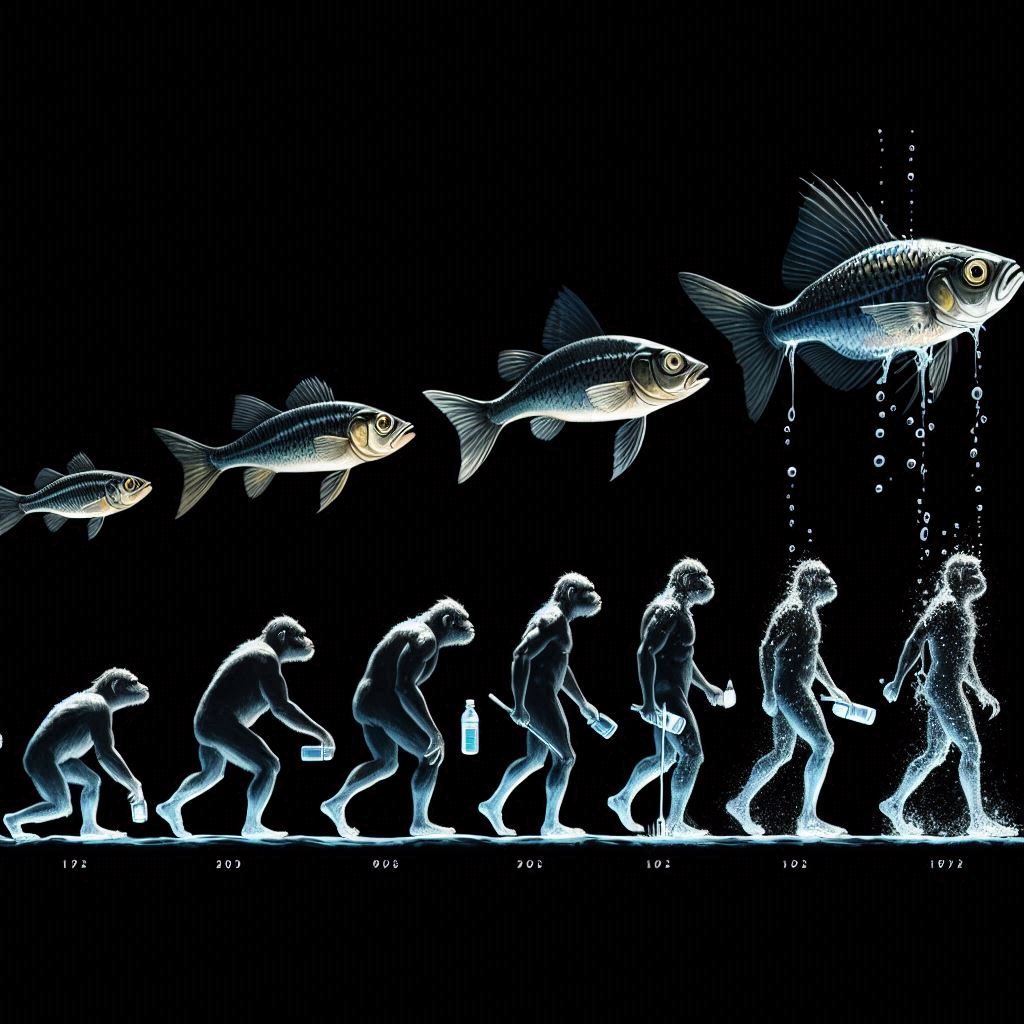
The Genetic Biodiversity Of Aquaculture and Hydroponics To The Wild
Genetic biodiversity is important for the future In the face of growing environmental concerns and the need for sustainable practices, the methods of aquaculture and hydroponics have emerged as potential solutions. These practices involve the cultivation of fish and plants in controlled environments, often within tanks or other enclosed spaces. But how do these methods compare to traditional, wild growth? And what are the implications for reintroducing these organisms back into their natural habitats?
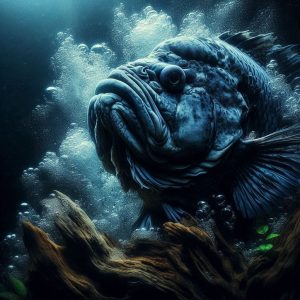
Aquaculture: A Double-Edged Sword
Aquaculture, or the cultivation of fish in controlled environments, has its advantages and disadvantages. On one hand, it allows for a high density of fish in a confined space, which can lead to efficient growth and harvesting. However, this density can also lead to a buildup of waste products, such as ammonia, which can reach toxic levels if not properly managed.
On the other hand, aquaculture can help alleviate the pressure on wild fish populations, which are often subject to overfishing. By providing a controlled environment for fish growth, aquaculture can help preserve wild fish populations and contribute to their sustainability.
Hydroponics Is A Green Thumb’s Dream
Hydroponics, the practice of growing plants in nutrient-rich water, offers several advantages over traditional soil-based cultivation. For one, plants grown in a sterile, hydroponic environment are often free from pests and pathogens, leading to healthier and more robust growth.
Additionally, hydroponically grown plants can absorb excess nutrients from the water, such as nitrates and phosphates. This can help maintain water clarity and prevent the overgrowth of algae, which can be detrimental to both the plants and the aquatic life in the tank.
However, just like with aquaculture, the benefits of hydroponics must be weighed against its potential impacts on the environment. For instance, the energy required to maintain a hydroponic system can be significant, and the disposal of nutrient-rich water must be managed carefully to prevent pollution.
Reintroduction Is A Delicate Balance
The process of reintroducing fish and plants from tanks back into the wild is a complex and delicate one. It involves careful planning, long-term effort, and a deep understanding of the organisms and their natural habitats.
For fish, factors such as genetic biodiversity, life history variation, and connectivity play crucial roles in the success of reintroduction. Similarly, for plants, the process involves careful selection of species, preparation of the reintroduction site, and ongoing monitoring and management.
The Need for Reintroduction from Tanks to the Wild
The reintroduction of organisms from tanks to their natural habitats is a crucial step in the conservation of biodiversity. This process is particularly important for species that have seen a significant decline in their wild populations due to factors such as habitat loss, pollution, overfishing, or climate change.
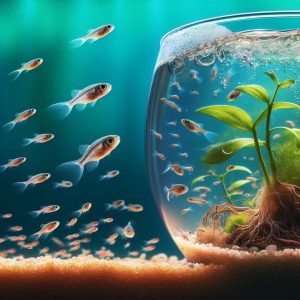
Genetic Biodiversity and Resistance
One of the key reasons for reintroduction is to enhance the genetic biodiversity of wild populations. Organisms grown in tanks can be selectively bred for desirable traits, such as disease resistance or faster growth rates. When these organisms are reintroduced into the wild, they can contribute these beneficial traits to the gene pool, potentially increasing the overall fitness and resilience of the population.
Habitat Restoration
Reintroduction can also play a vital role in habitat restoration. For instance, certain fish and plant species play critical roles in their ecosystems, such as maintaining water quality or providing food and shelter for other organisms. By reintroducing these key species, we can help restore these ecosystems to their natural balance.
Sustainable Practices
Lastly, the practice of growing organisms in tanks and reintroducing them to the wild can contribute to more sustainable practices. For example, aquaculture can help reduce the pressure on wild fish populations from overfishing. Similarly, growing plants hydroponically can help conserve water and reduce the need for harmful pesticides and fertilizers.
However, it’s important to note that reintroduction efforts must be carefully planned and monitored to ensure they do not inadvertently harm the existing wild populations or disrupt the local ecosystems. This includes considerations such as the potential for disease transmission, genetic dilution, and competition with native species.
The reintroduction of organisms from tanks to the wild presents its own set of challenges, it is a necessary and valuable tool in our ongoing efforts to conserve biodiversity and protect our planet’s precious ecosystems.
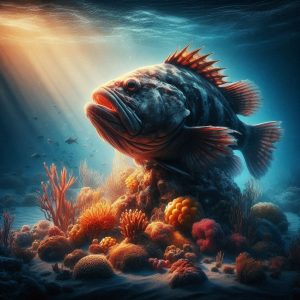
Conclusion
The practices of aquaculture and hydroponics, while offering a controlled environment for the growth of fish and plants, present a unique set of challenges and opportunities. These methods can contribute to the preservation of biodiversity, enhance genetic biodiversity, and play a crucial role in habitat restoration. However, they also require careful management to mitigate potential negative impacts, such as the buildup of waste products or the energy requirements of maintaining these systems.
Reintroducing organisms from tanks back into their natural habitats is not a simple task. It requires careful planning, long-term effort, and a deep understanding of the organisms and their natural habitats. Despite the challenges, it is a necessary and valuable tool in our ongoing efforts to conserve biodiversity and protect our planet’s precious ecosystems.
In the face of growing environmental concerns, it is more important than ever to explore sustainable practices like aquaculture and hydroponics. As we continue to balance the benefits with the potential risks, we can strive for a sustainable and healthy coexistence with our natural world, preserving the beauty and diversity of our ecosystems for generations to come. This delicate balance between human intervention and nature is the key to a sustainable future.
Join the Conversation
We hope this exploration of aquaculture, hydroponics, and the reintroduction of organisms into the wild has sparked your interest and curiosity. As we strive for a sustainable future, these practices offer promising solutions, but also present unique challenges that need to be addressed.
Do you think the benefits of these practices outweigh the potential risks? How can we ensure that reintroduction efforts are successful and do not harm existing ecosystems? What other sustainable practices should we explore?
Your insights and ideas are valuable in this ongoing discussion. Together, we can work towards a sustainable and healthy coexistence with our natural world. We look forward to hearing from you!
#Aquaculture #Hydroponics #Sustainability #Biodiversity #HabitatRestoration #GeneticDiversity #Conservation #Environment #Ecosystems #FishFarming #PlantCultivation #Reintroduction #Wildlife #Nature #GreenPractices #SustainableFarming #WaterConservation #WasteManagement #EnergyEfficiency #EcoFriendly #ClimateChange #Overfishing #PestControl #NutrientCycling #SoilHealth #WaterQuality #FoodChain #EndangeredSpecies #NaturalHabitats #FutureOfFarming
